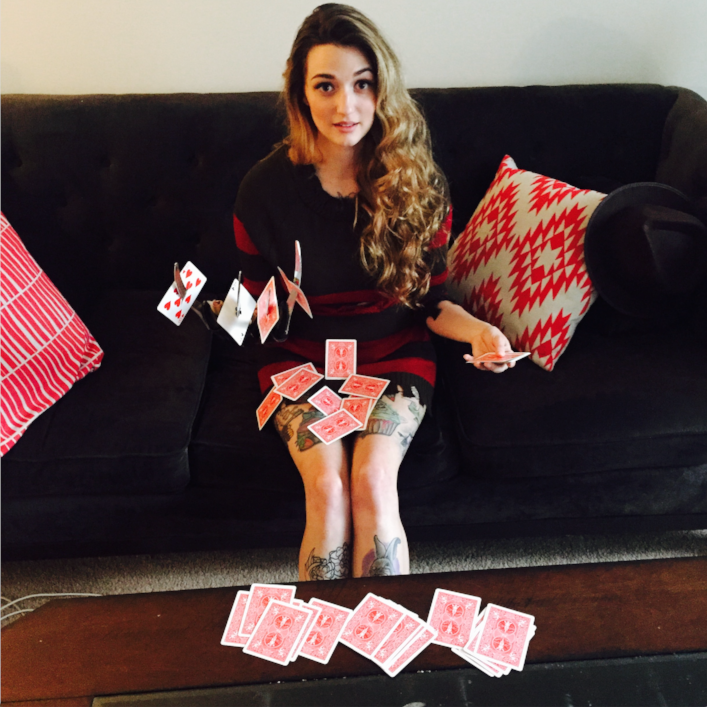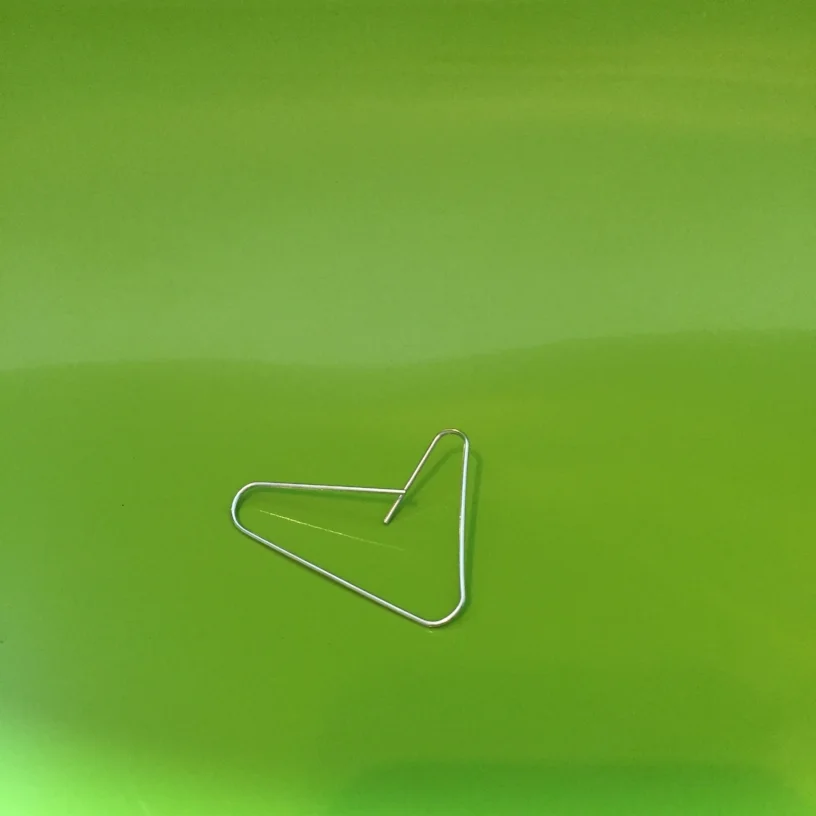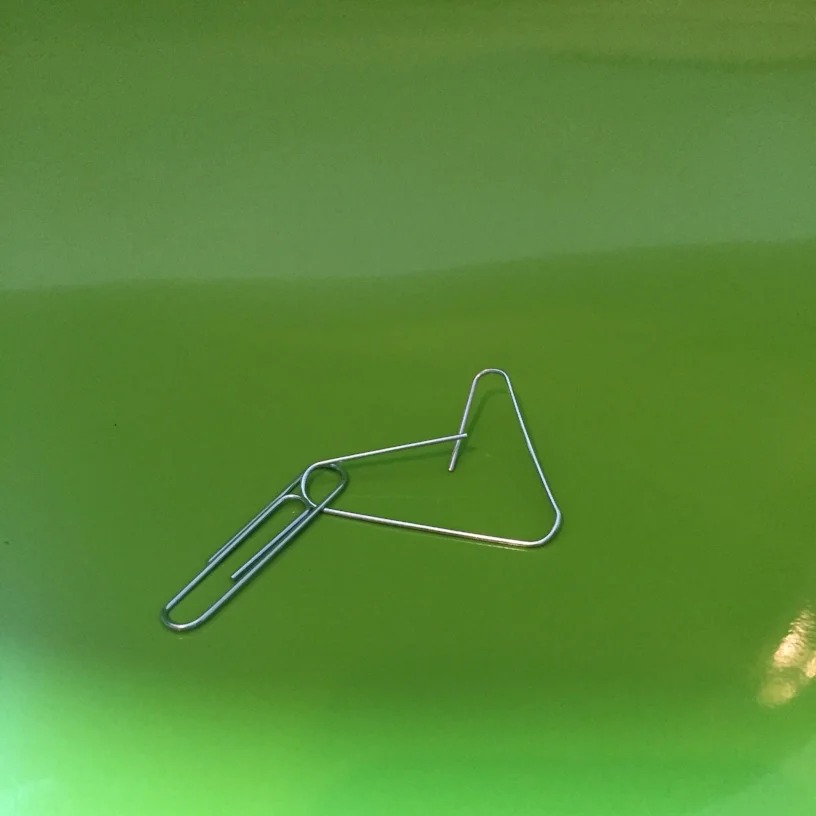Harvest Time
/As we were conducting our testing on forces last weekend in New York City, one of my friends who was helping out with it turned to me with a quizzical look on his face after looking at the data we had collected. "So... wait...," he said, "are we the first people to ever ask these questions?" The results were so counterintuitive that after the first few subjects we thought we were doing something wrong. But after digging deeper with some of the people in our test, it all made perfect sense. The results, which will be in a post next week, are completely at odds with almost everything you've ever heard about card forcing and magic. You'll want to check out that post.
Today's post will only be of interest to the hardcore fans of this site and it will cover what's to come with The Jerx in the future.
I write this post during the first October Harvest Moon in almost a decade. The Harvest Moon is the full moon that's closest to the start of fall. It's called the Harvest Moon because, in pre-electricity days, farmers working late into the evening to collect the fall harvest would do so by the light of the bright full moon.
It's Harvest Time at the Jerx as well. When we start getting to the end of the year I need to make a decision about the future of this site. And I think I have a general idea of what that future will hold.
When I was in NYC last weekend, I met up with someone who is kind of considered a guru in the business world. I mentioned The JAMM and how I had been working on this digital magazine all year. He asked me what my retention rates were. I told him that over the course of the past nine months three people who were on a month-to-month plan cancelled their subscription, but one signed back up. So two people, altogether. He was flabbergasted by this. He thought that figure was insane. And he's right! That figure is pretty insane, now that I think of it.
But it never hit me like it should, because I already just considered everyone who supported this site to be part of the cohort of the best people on earth, and screw everyone else. So it didn't surprise me they would continue to support the site. They were the best.
And I tried to explain to this guy that it's not that people were subscribing to the magazine so much as it was they were supporting the site and getting the magazine in return. This is a point I made with JV1 early on. No one was paying $260 for a book. They were supporting the work I was doing throughout the year and getting a book as a bonus.
It's not that I'm doing something with the site better than someone else is with theirs, I explained to this guy. I was doing something that no one else was really doing. People who like this site want to see it continue because it offers a perspective that is hard, if not impossible to find in magic. That is the presentation of magic outside of a professional performance.
And as I was explaining this to him, something occurred to me that never had before: I am the world's first professional amateur magician.
I'm being paid to perform magic non-professionally. That seems like an oxymoron, but it's what's happening.
The guy I was meeting with paused me and said, "I get it. You're like a consultant. But where a normal consultant might be paid 10s of thousands of dollars by one entity, you're paid $10 a month by a larger group of people."
Yes, that's the perfect way to think of it. I'm not interested in being a publisher of magic books or magazines. I'm interested in trying new stuff and coming up with new ideas and then testing them out in the real world. Most of you, as amateurs, don't have the time to try out a dozen different ideas with a dozen different groups of people to see which sort of things hit and which don't. I wouldn't either except for the fact that I have people who are essentially paying me to do that for them. What I bring to the table is a decent writing ability, sense of humor, and a wide circle of people to try out material on. But what allows me to be so prolific is that I have people backing the site so I can put in the time to try out these ideas. I'm testing out concepts almost daily with real people. And most of my insights come from those real performances.
This year alone, between the blog and the magazine, I will have published 200-250 articles and effects. That's bonkers. And yet the list of ideas I have and want to work on is only getting longer.
There are still people who think I should do this site for free. That I should invest 1000s of hours of work every year just for the "love of the art" or some horse-shit. If that's you, suck my balls.
I'm calling it Harvest Time because I want to harvest the genuine supporters of this site from those who have just a passing interest in the type of stuff that I'm writing about here.
That's why next year this site will go private and you can only get access for $1000.
No. I'm kidding. But if this site continues, there will be changes to how this it's supported in the future.
2018: No Casuals
In 2016, supporters of this site got JV1. In 2017 they got the JAMM.
The JAMM will be a one-year wonder and will end after issue 12. I will have written a year of the greatest magic magazine ever. I have nothing more to prove there.
In 2018 (and going forward) this is likely how the site will be funded. There will be three levels:
- Level One will be a small token monthly donation with no further rewards.
- Level Two will be a slightly larger monthly donation, which will get a quarterly digital review magazine (similar to the X-Communications I did during the first year). This level is primarily for minimalists who don't want a physical reward.
- Level Three will be the equivalent of $5/week which will get the digital review magazine as well as a physical reward similar to The Jerx, Volume One.
If five dollars a week seems too expensive, then you certainly aren't getting the value/enjoyment I would hope you would from reading this site so I wouldn't want you to donate anyway. See? It's a problem that solves itself.
I want to go with the top reward being something physical, rather than something digital like this year, because I want the supporters to have something that they know is limited to them. With the magazine it was just too easy for one person to order it and then just share it with all his magic friends. And that was wildly disheartening. You might say, "What, Andy, you never shared an ebook with your friends?" I have, yes. But not when the author had already shared so much content for free.
Here's the thing, Penguin and Ellusionist can factor piracy in and raise the price of other goods to account for it. It's still wrong, but at least they have some way to combat it. But when you're just a single person selling one thing, if people rip it off, they just rip it off. It would be like if I baked bread to give away for free to my community and to support that effort I sold pies on the weekend. That's all I had to sustain the bread business, my weekend pie sales. And then you take the pies and are like, "It's okay. I don't want to pay for this so I'm just going to eat it and not pay." Gee, thanks. Hey, remind me again why I'm spending $1200 out of my pocket to rent a space and pay participants for a focus group on card forces?
So that's why it will be physical products going forward. People can still make some ghetto ass bootleg pdf where they take pictures of every page, but those people won't have the physical product in their hands, and a little bit of their soul will leave every time they scroll through the "book" and realize what a loser they are.
The thing is, I don't want anyone's money who isn't solidly "hell yes" in favor of backing this site. I'm not looking to take people's money so I can get a yacht made of cocaine. I'm looking for people's support so I can continue to devote a big chunk of time to this site. So I can guinea pig myself and try out ideas and techniques that present magic to people in different ways. And then I can report back on what does or doesn't work. And then you take some of that and apply it to your own performances an we all get to have more fun.
It's like this old Nancy comic:
I don't want your money so I can go to the circus without you. I want it so we can go together.
If you're a supporter of this site then you'll be notified in January of how to donate for another year.
That's something else I should point out. Only previous supporters of the site will automatically receive the info on how to support for 2018. Is this bad business sense? Yes, of course it is. I don't care. 2018 is the year of No Casuals, meaning I'm not doing this site for the casual fan. Just the hardcores. And if there aren't enough hardcore fans to support the site, then that's fine too. I have long-term plans for this site if there is the support for it. And if not, I'm fortunate enough to have other life plans for the time it would free up. I've set up my life so it's a series of win-win propositions. Whatever happens going forward will be good for me.
Coming tomorrow night: The JAMM #9 where you will determine the day someone will die, open a line of communication with the dead, and turn someone invisible.
We had a good time with the JAMM Muse for October, Jerri. Below you can see her pondering one of the illustrations of herself in The Jerx, Volume One; demonstrating her scratching skills on the turntable; and either successfully executing a multi-card card-stab routine or totally botching Triumph. I forget when that picture was taken.













